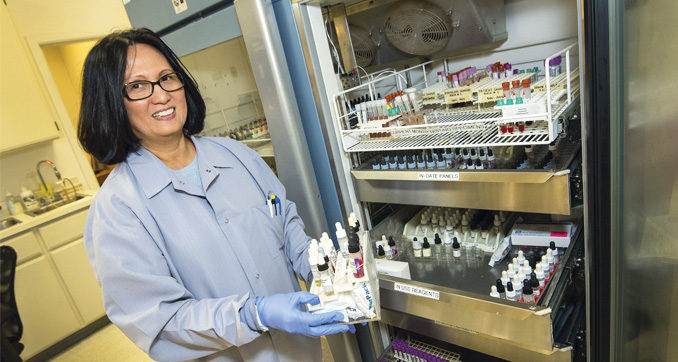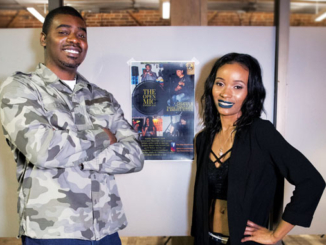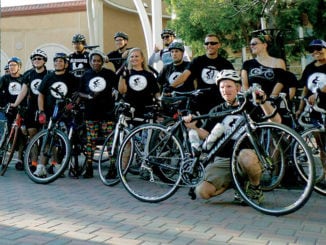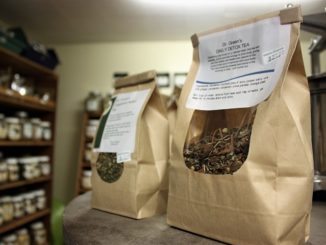
Delta Blood Bank and its donors save local lives and aid national tragedies
“Every two seconds, someone in the United States needs blood,” says Annie Havens of Delta Blood Bank. And in 1947, two Stockton women found themselves among this staggering statistic and tragically passed due to lack of available blood. “They were the impetus for a local blood bank,” Annie notes. “It was felt that both lives could have been saved had blood been available for transfusion.”
Just one year, later Stockton Regional Blood Center (today’s Delta Blood Bank) began operating as the port side city’s first blood bank, in support of all San Joaquin residents. And today, they serve a five-county area including San Joaquin, Stanislaus, Tuolumne, Calaveras, and El Dorado counties—under the umbrella of the American Red Cross—and partner with 11 local hospitals.
The powerful act of blood donation may seem small as you sit there with a cotton swab taped to your arm, munching a cookie. But the significance of the ten-minute act can potentially save multiple lives.
“Honestly, I just looked into it. I became more aware of how much it helps people and thought that was a great way to give back,” Bill Swanson says of the reason fueling his reoccurring, pre-scheduled donations. “I worked at Linden High School—where my kids attended—and they were doing a blood drive. That day I gave my first pint.” To date, Bill has donated 45 gallons to the Delta Blood Bank.
Bill’s blood—along with the blood of 18,728 other residents that have donated this year—is collected at the seven donor centers and a multiple mobile drives throughout the region, before making its way to the bank’s lab to be processed and distributed. “Testing is performed on blood samples sent to a national testing laboratory in Portland, Oregon and the results are electronically communicated to indicate when the blood and platelet units are ready for distribution to hospitals,” Annie explains. “A sample of each unit undergoes 13 different tests for infectious diseases and platelets also undergo bacterial testing during the process.”
After receiving the green light, blood is sent to local hospitals (like Dameron, San Joaquin General, Doctors Hospital, and Lodi Memorial), to save the lives of mothers, fathers, children, and friends that make up the approximate 33 percent (1 in 3) of us who will require blood at least once in our lifetime. “And with access to a national inventory management system, blood and platelet donations can also be sent to where the need is greatest, such as areas affected by natural disasters and tragedy,” Annie adds.
The need for blood will never end. As communities grow, as accidents happen, as people are diagnosed with disease, and as babies are born—access to un-substitutable, un-manufacturable blood will save lives. Yet, less than 10 percent of eligible donors across the nation choose to use their good health to save another’s.
“Not everyone can donate,” notes repeat donor Sheldon Barr. “They get sick, or pass out, and can’t work for a couple days. But for all the people that can…. If you’re able to and don’t…. I think that’s criminal.”
Consistently donating since 1971, Sheldon shares the same blood type with only 9 percent of the population. As only one in 12 people have B Positive blood running through their veins, the importance of Sheldon’s year-to-date donation of 65 gallons is vital. “They need this blood for babies, for people with autoimmune deficiencies,” he continues. “The act takes basically no effort, but it helps a lot of people.”
Volunteer donors truly give the gift of life to trauma patients, burn victims, mothers welcoming their child, the chronically ill, and about 1 out of every 7 hospitalized patients. Sharing your time and health with another deeply impacts our direct community, and assists in times of natural disaster, tragedy, and every-day happenings.
If you’d like to donate:
(888) 94-BLOOD
deltabloodbank.org




